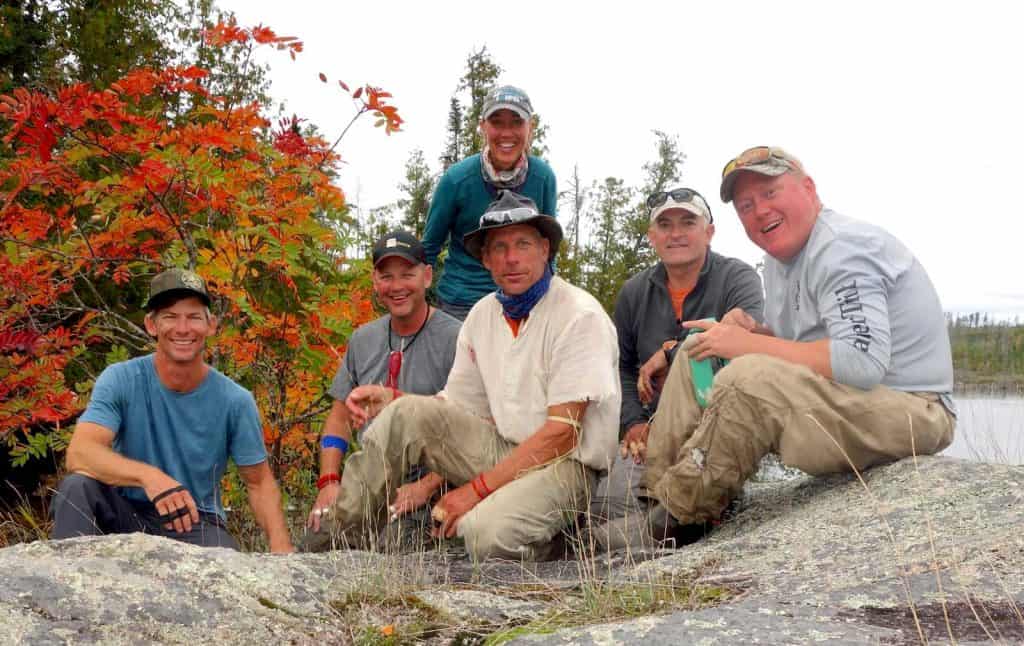Credit: Bob Bulhaver, via The Timberjay
The Timberjay reports that about 20 people tried this year, during the loosely-organized Minnesota Voyageurs Challenge. The fastest time this year was 98 hours. Embarking on September 15, paddlers had eight days to get to the North Shore — or their shuttle ride home would leave without them.
There were three Border Route Challenge length options, from the full route from International Falls to Lake Superior — ending with the nine-mile Grand Portage — to a 125-mile route ending at Moose Lake in Ely.
The first-ever recorded time on the route was in the 19th century, when Sir George Simpson of the Hudson Bay Company and a companion paddled it in a birch bark canoe in six-and-a-half days.
Participant and organizer Bob Bulhaver said it’s grueling, but rewarding to test himself against the wilderness and the clock. He set the solo canoe record last year with a time of 91 hours.
“It’s more of an accomplishment than fun,” Bulhaver told the Timberjay. It’s fun to talk about after it’s over.”
Participants usually paddle through much of the night, taking short breaks to eat and rest. A six-person team profiled in the Timberjay article spoke of the wonders of paddling lakes under starry skies, and the difficulties of navigating in the dark.
The challenge, almost entirely taking place in the Boundary Waters Canoe Area Wilderness, requires some careful logistics to protect the wilderness they are paddling through. Teams split up into groups of the required maximum size of nine people or four boats. Each group has a leader who is on the wilderness permit, and must also carry a person GPS tracking device and rescue beacon.
Next year’s challenge is already scheduled for the same week, September 14 – 22. More information.


